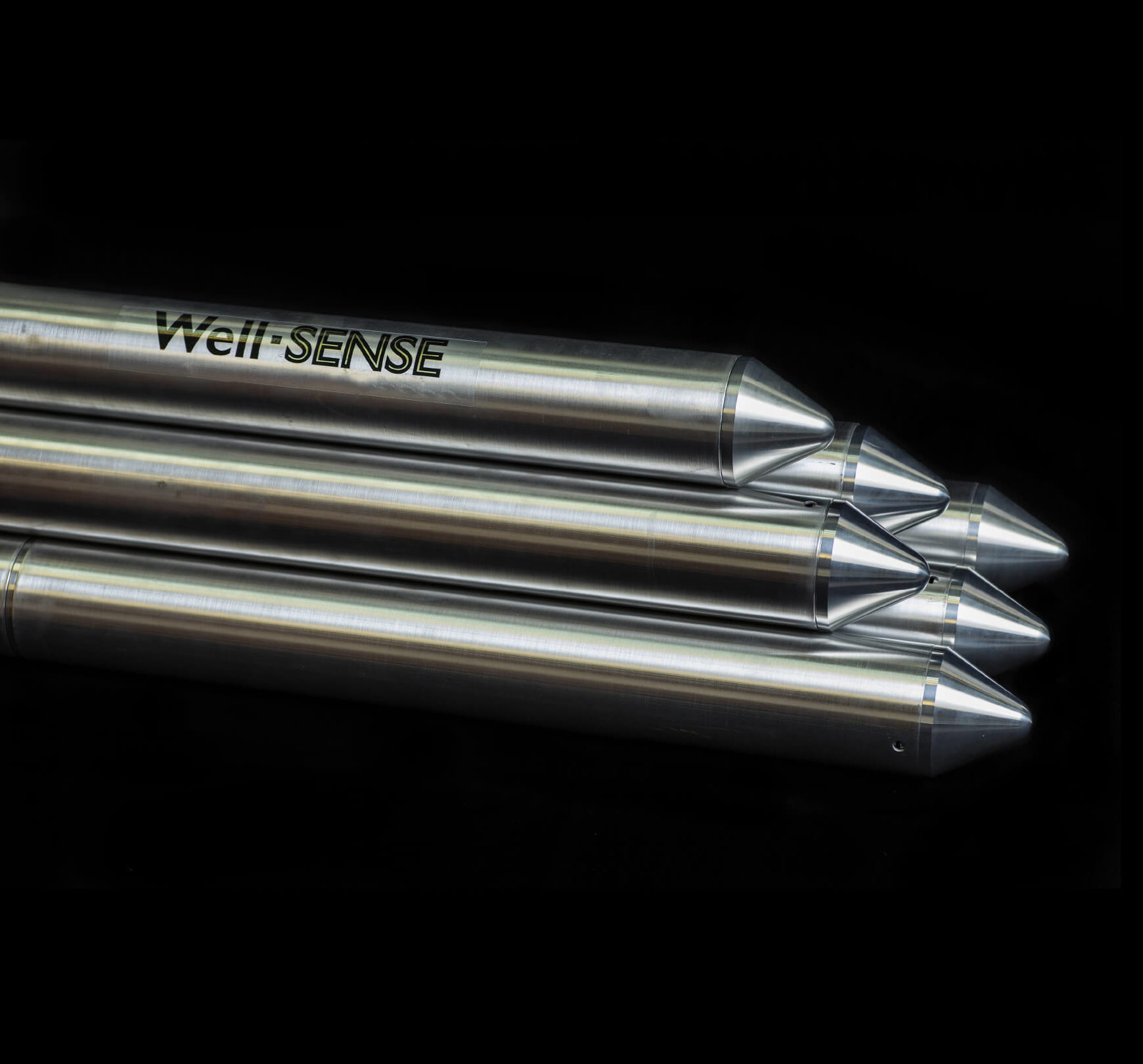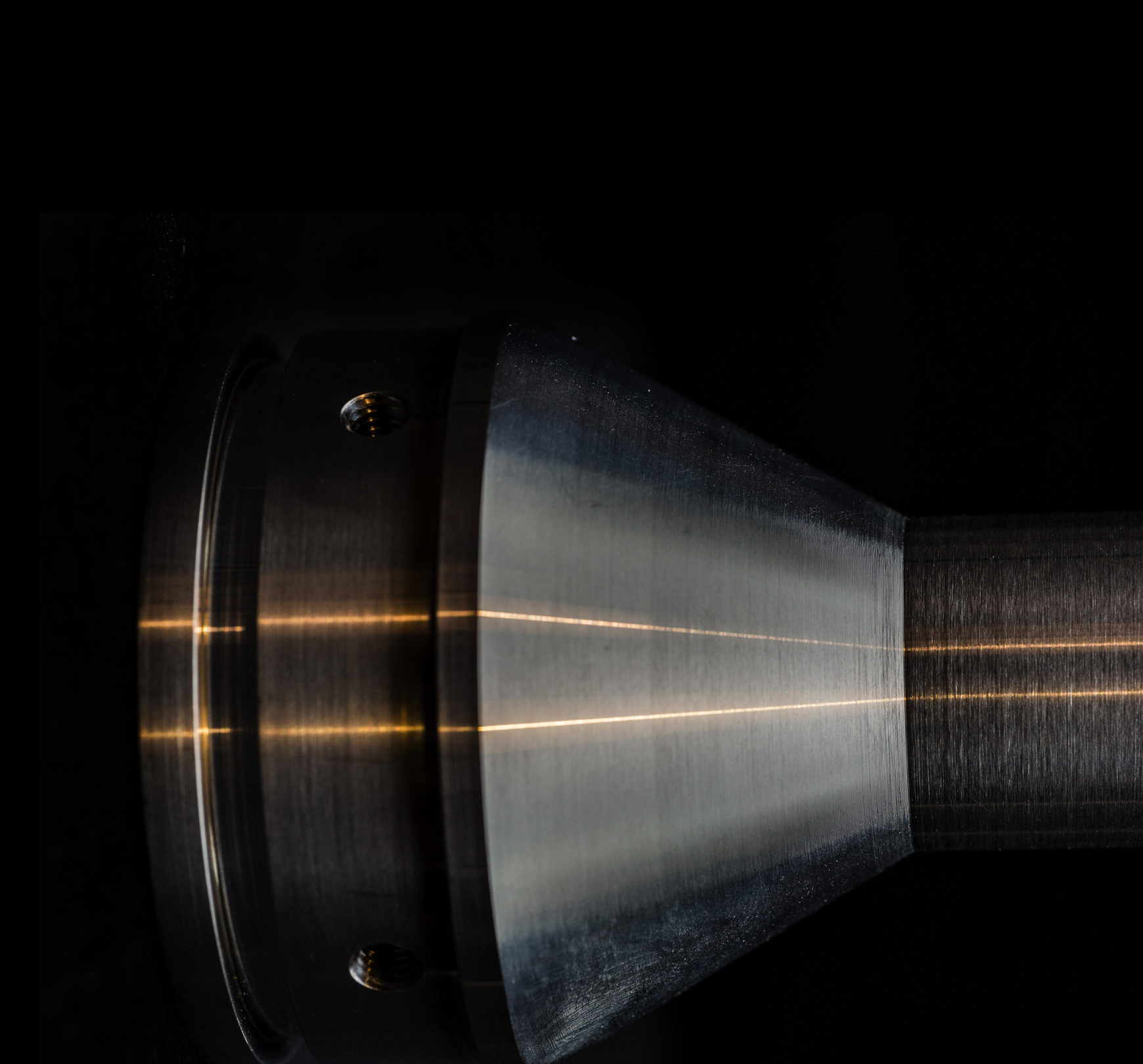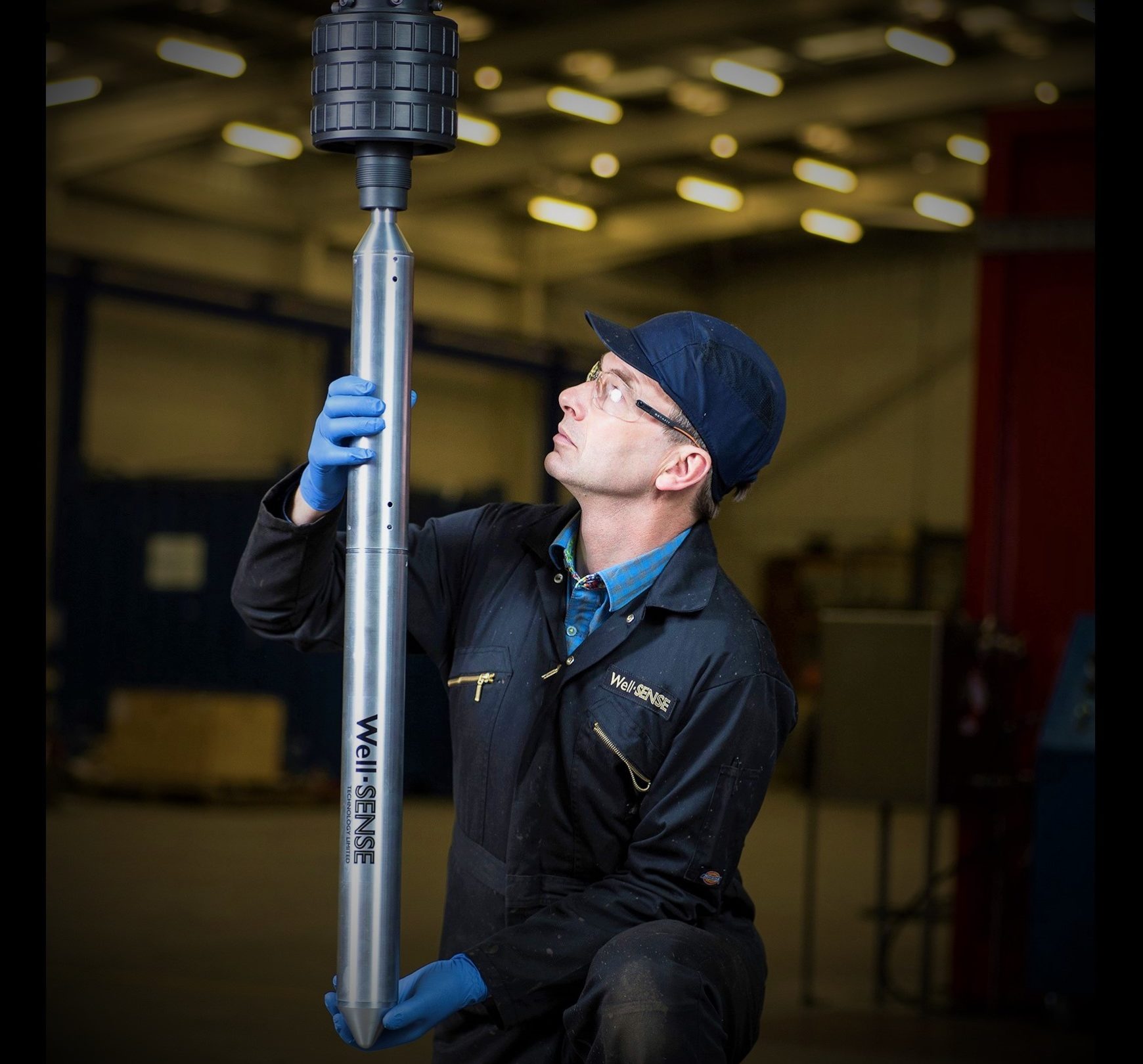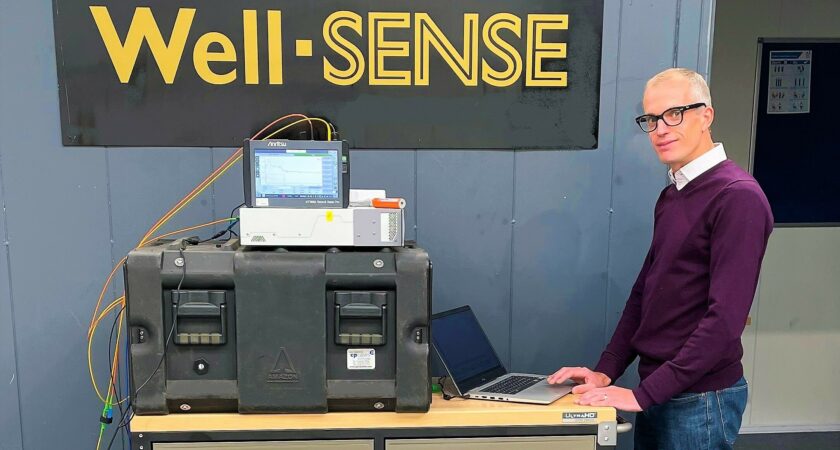Bare Fibre Optic Well Surveys
FiberLine Intervention (FLI) is a reliable and rapid wellbore surveying technique that provides quality temperature, acoustic and pressure data alongside significant cost, risk and efficiency benefits.
Million Feet
of Fibre Deployed
Deployments
Undertaken
Feet
Longest Well Deployment
Days
Longest Continuous Survey

FiberLine Intervention (FLI)
FiberLine Intervention uses bare fibre-optic technology to capture distributed temperature and acoustic measurements along the entire length of the well in real time. The data creates a rich well profile and can monitor changing conditions, irregularities, anomalies or events, to deliver greater insight across a wide range of applications.
Compared to other forms of well surveillance, the cost and run-time are dramatically reduced. Surveys can be completed in just a few hours, requiring only one person at the wellsite. The equipment is hand-portable, compact and lightweight with a tiny wellsite footprint. The FLI probe and fibre are single-use and sacrificial so can be left in the well at the end of the survey.
FLI is a breakthrough in low cost, portable surveillance technology, delivering valuable well intelligence for operators.
What is FLI?
FiberLine Intervention (FLI) consists of three key elements:
- 01
A single-use FLI probe, which is launched from surface and free-falls into the well
- 02
One or more bare optical fibres, acting as distributed sensors, which unspool from the probe as it falls
- 03
A surface acquisition system, which processes the data gathered by the fibre sensors

What makes FLI special?
FLI is built around three key attributes:
- 01
FLI surveys are fast
A typical FLI job takes only a few hours from rig-up to rig-down, which translates into substantial rig-time savings. - 02
FLI jobs have a tiny footprint
FLI uses very little space and few services at the well site. - 03
FLI datasets are rich in information
Speed and simplicity do not come at the expense of capability.

FLI Benefits
- Stand-alone intervention system and service
- Field proven, both onshore and offshore
- Access to vertical, deviated and horizontal wells
- Wide range of applications
- High quality, super rich data sets
- Fast to deploy
- Fast to deliver results, including a ‘quick look’ onsite analysis
- Offline activity enabled
- Lightweight, compact and portable
- An intervention solution for inaccessible wellheads
- One operative - reduced mobilisation and POB
- Reduced risk, logistics, deck space and carbon footprint
- Greater efficiency and less downtime
- Impressive cost savings
- Practical, multi-well surveillance programs
- Superior depth measurement and control
- Competitive data acquisition solution for marginal wells and applications
- Improved well performance through the provision of calibrated models
- FLI information enables the increased efficiency of future well operations
Valuable Field Applications
FLI is a powerful, distributed, temperature and acoustic surveying method. It is also a dynamic surveying system, in which the probe and fibre can capture measurements during descent into the well, either under the influence of gravity or by being pumped down.
FLI is an effective alternative to acoustic logs, retrievable fibre optic cable, geophones, echometers and temperature logs.
FLI can identify a wide variety of well conditions, anomalies or objects such as:
- 01
Water, gas and oil levels
- 02
Variable fluid densities and temperatures
- 03
Bottom hole pressure and temperature
- 04
Full picture of the well’s temperature gradient from surface to toe
- 05
Fluid movement through tubing
- 06
Fluid movement across well barriers
- 07
Near wellbore fluid movement
- 08
Wellbore debris
- 09
Seismic and micro-seismic events
- 10
Wellbore warming or cooling
- 11
Strain changes in the wellbore tubulars
- 12
Exothermic activity
Find out more about important FLI applications here.











